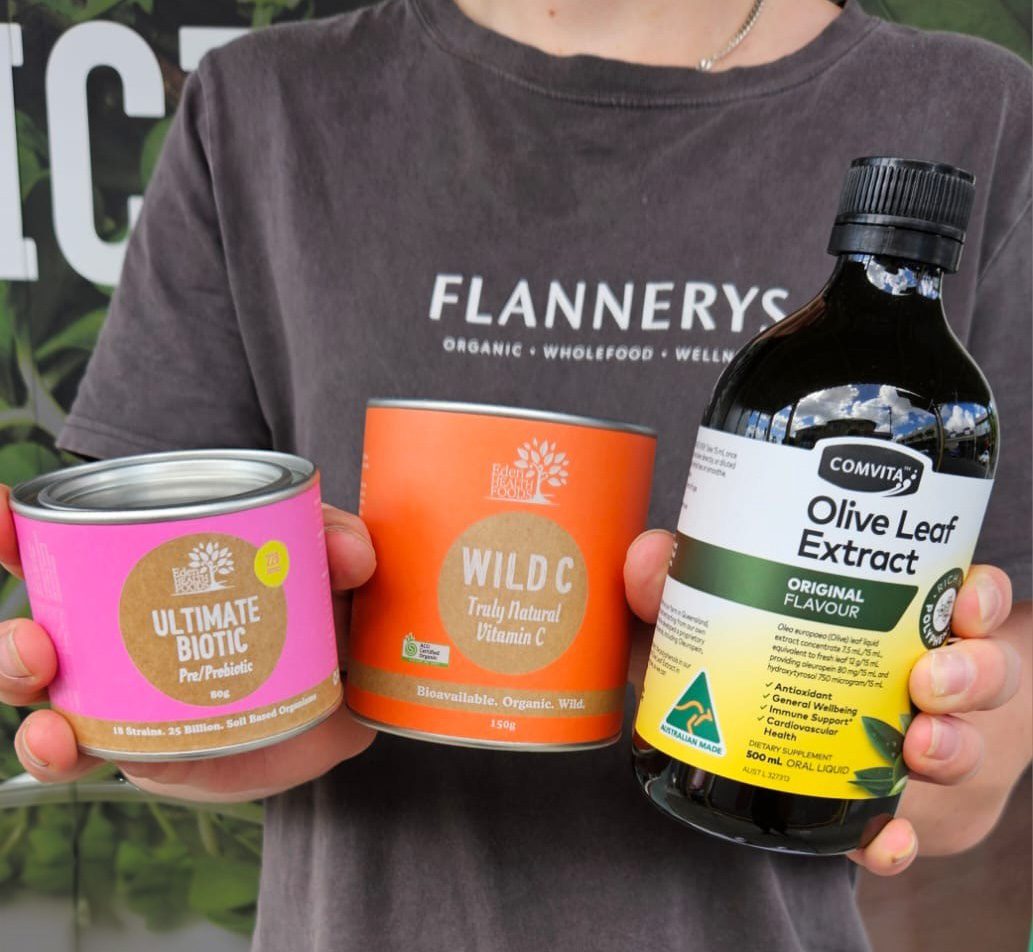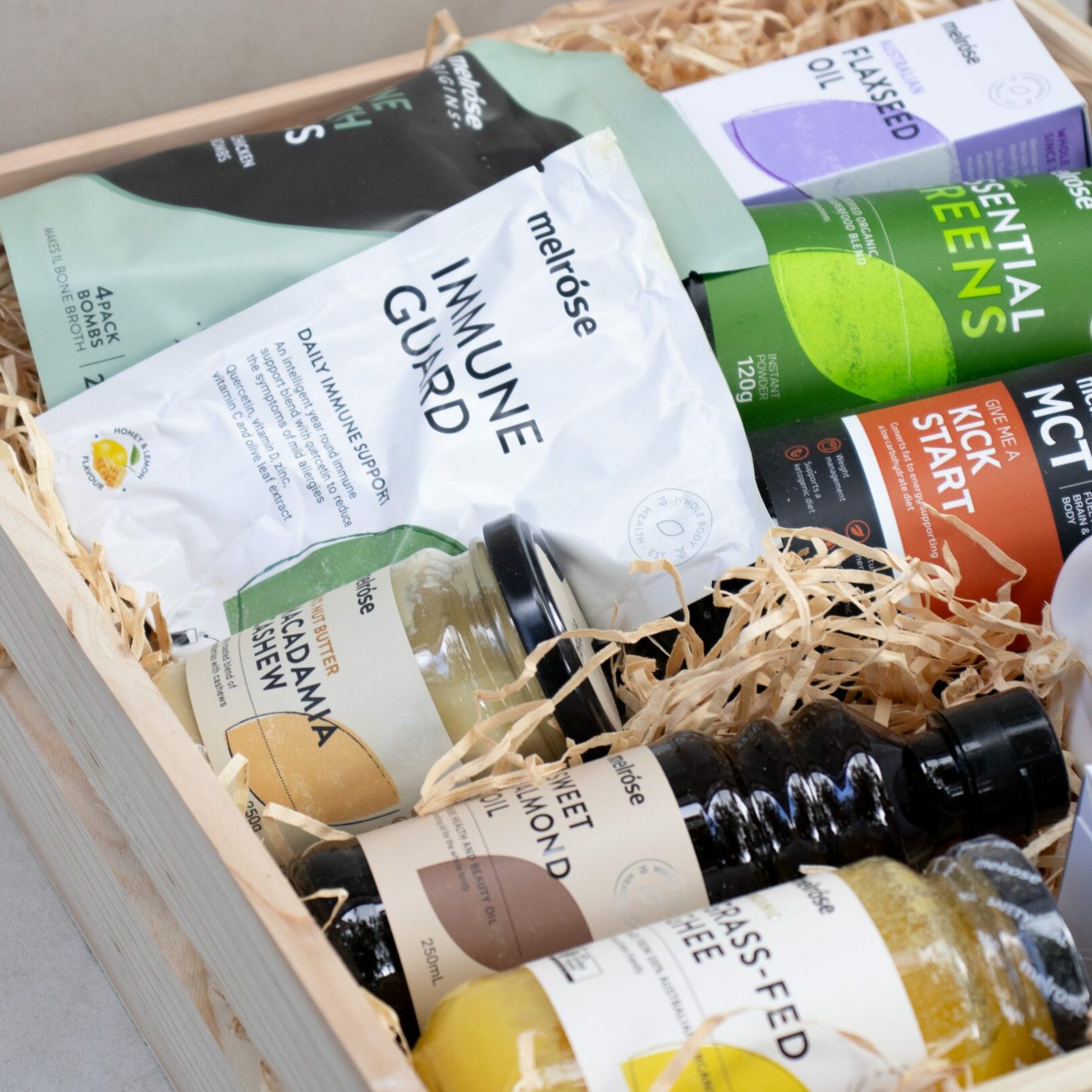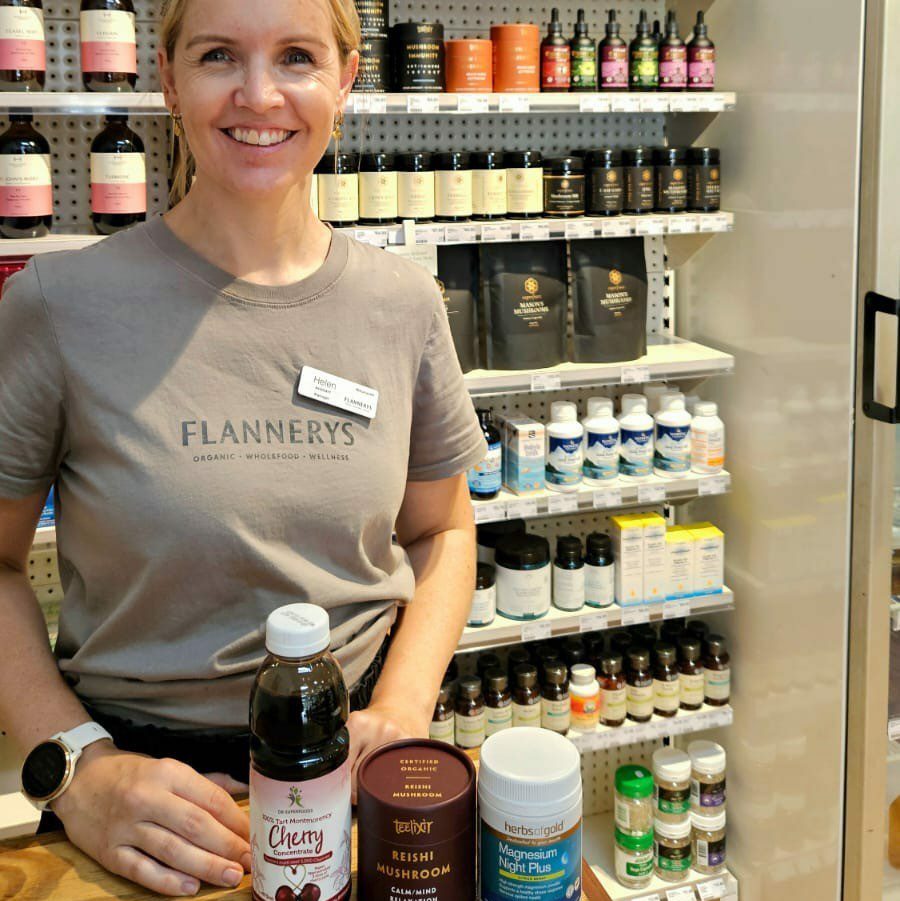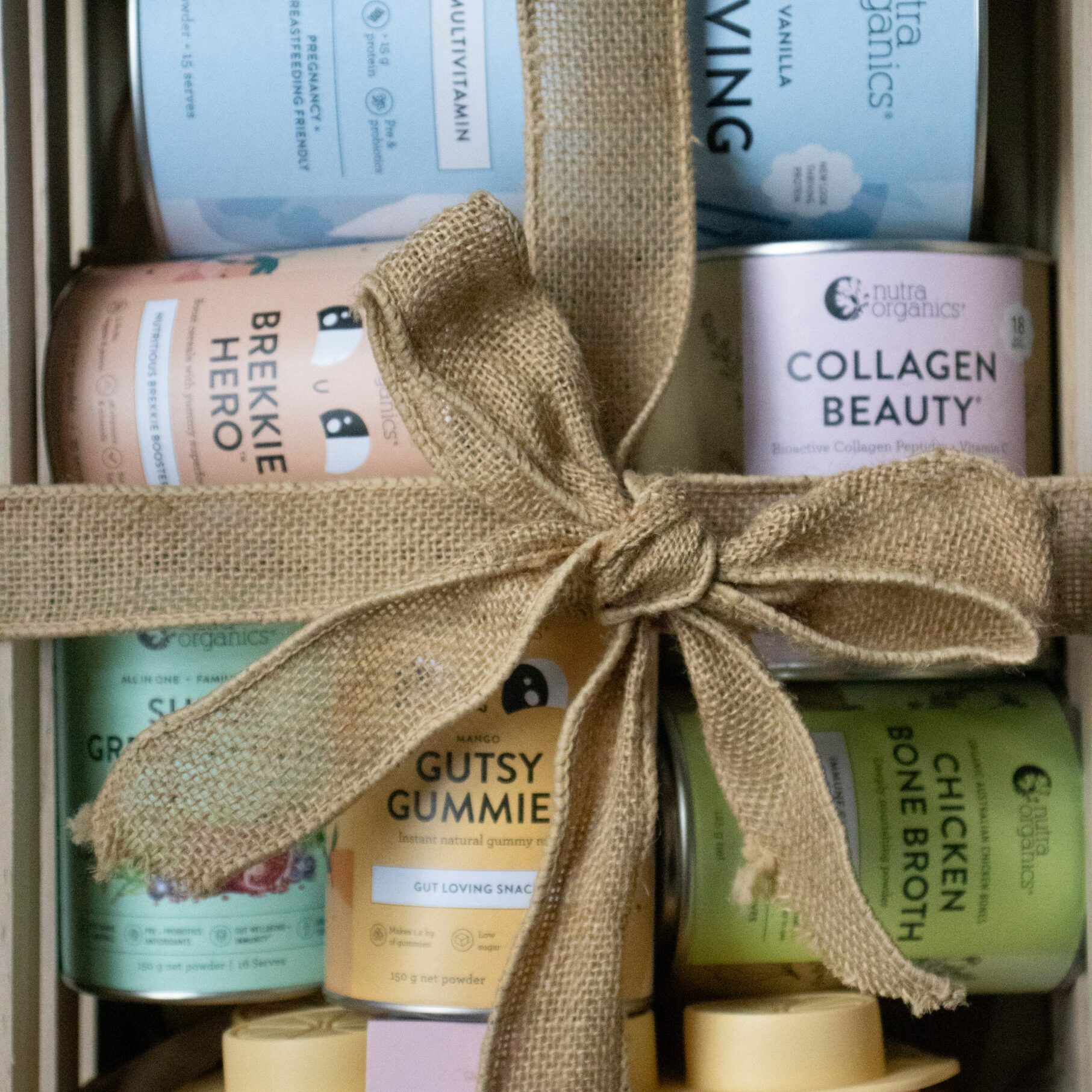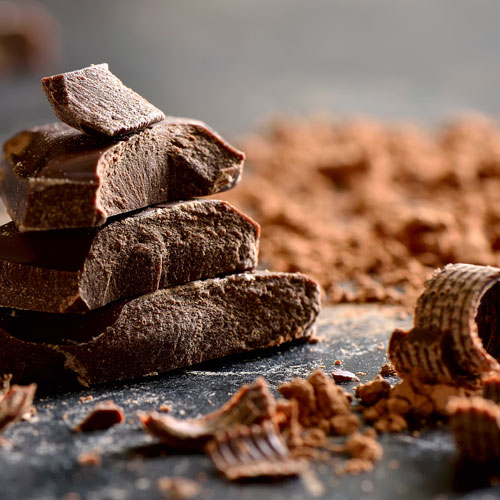
17.04.2019
Getting to the Core of Chocolate
Chocolate…it comes in different shapes, it is probably one of the most versatile desserts in the way that it goes with almost any flavour, and as humans, we built over time a very strong emotional connection with this food.
Chocolate, is there at the best of times and sometimes at worst too. But is chocolate more than just a treat, an indulgence or a comforting moment? The answer is yes. This food has tremendous benefits to our overall health and that is due to the great range of phytonutrients and nutrients that are found within the core of the cacao bean…the foundation to the word “chocolate”. Chocolate is made out of cacao beans, that come from a tree called Theobroma cacao. The beans are a rich source of theobromine, flavonoids, amino acids and minerals.
Theobromine
Theobromine is a methylxanthine, and it acts on the Central Nervous System and lipids in the blood. This compound has a similar effect to caffeine, offering increased concentration, motivation and increased brain performance during difficult tasks. The reason for these actions is the theobromine inhibitory effects over the adenosine receptors in the Central Nervous System. The difference between caffeine and theobromine is the duration of these effects. Theobromine is metabolised slower, meaning it gives longer lasting positive effects over the function of the brain, as opposed to caffeine.
With regards to the blood lipid profile, research shows that cacao consumption could have a beneficial role because theobromine can help elevate the HDL cholesterol (the good cholesterol), but reduce the LDL cholesterol (the cholesterol that increases metabolic diseases chances). Thus cacao consumption may have positive effects over the cardiovascular system, due to its theobromine content. Cacao beans contain caffeine as well, which comes from the same family of methylxanthines, but it is less concentrated in cacao beans compared to coffee beans. When it comes to the flavour of chocolate, it is the balanced ration between theobromine and coffee that makes our brain like this food.
Flavonoids:
Cacao beans are a rich source of flavonoids, particularly epicatechin and catechin, which act as antioxidants in the body. They also have various actions on the function of the Central Nervous System. Similar to theobromine, these flavonoids help improve concentration and motivation. Furthermore, studies show they reduce mental fatigue that arises during stressful events and complex cognitive tasks. The flavonoids found in cacao beans may also improve memory because these compounds help improve the communication between neurons and favour synaptic plasticity. Due to their antioxidant activity, they have protective effects on the cardiovascular system and on neurons integrity, due to their reduction of oxidative damage.
Amino acids:
Not only high in phytochemicals, cacao beans are also a good source of protein as well and contain rich amounts of the amino acids tryptophan, phenylalanine and tyrosine. These are utilised by our body to produce neurotransmitters such as serotonin and dopamine, that elevate mood and support healthy functioning of the brain. Cacao beans also contain an amino acid called tyramine, which is also found in aged cheese and wine.
Minerals:
One of the most predominant minerals found in cacao beans is magnesium. Where 100 grams of cacao nibs contain about 230 mg of magnesium. Magnesium in cacao beans balances the stimulant effects of theobromine by promoting the parasympathetic nervous system activity. This is responsible for relaxation of the muscles and stress response regulation.
What does the percentage mean?
When reading a chocolate label we often see a percentage. To explain this we will first get into the process of creating chocolate. Once harvested, the cacao beans are fermented, roasted and then pressed and grounded in a machine that creates the cacao mass. The cacao mass can then be melted and separated into cacao powder (the solid, fibre rich component) and cacao butter (the fat component), or used as is for the making of chocolate. Manufacturers use cacao mass, sugar or other sweeteners and other ingredients (milk solids, soy lecithin) to create the final product > chocolate. Dark chocolate is usually made out of cacao mass and sugar.
The percentage on the label represents how much of the cacao mass has been used in its manufacturing process. Dark chocolate is the healthiest and richest in all the beneficial compounds found in cacao beans. An 80% dark chocolate has more cacao mass and less sugar compared to a 50% dark chocolate. When it comes to milk chocolate, this is one of the lowest chocolate types in cacao mass. This is because the milk and sugar contents are more predominant. White chocolate is made out of cacao butter, milk solids and sugar. The higher the percentage on the label, the higher the number of flavonoids and theobromine. Thus we should always look for at least 65% dark chocolate types.
Organic vs Fairtrade chocolate
You might have seen some labels saying “this chocolate is made out of organic ingredients” or “fair trade ingredients”. But what is the difference? Organic chocolate is made out of cacao beans that have not been sprayed, or genetically modified. Also, the soil has not been contaminated with fungicides, insecticides and chemical fertilisers. On the other hand, Fairtrade focuses on where the cultivation and harvesting of cacao beans happened. Fairtrade supports small business in remote areas all over the world. Fairtrade looks to support those cacao farmers that keep their traditions in the cultivation of cacao beans to ensure the best quality. Moreover, Fairtrade also represents fair pay offered to all employees in the cacao farms. Ensuring the employers respect ethical principles and the working-age required for employees.
The Flannerys stores have a great range of chocolate brands that use both organic and Fairtrade ingredients, such as Pana Chocolate, Loving Earth and Alter Ego.
Visit our dessert recipes page here to make your own chocolate treat!
By Gabriela Cibotaru ~ Flannerys Nutritionist
Share this post with your friends

